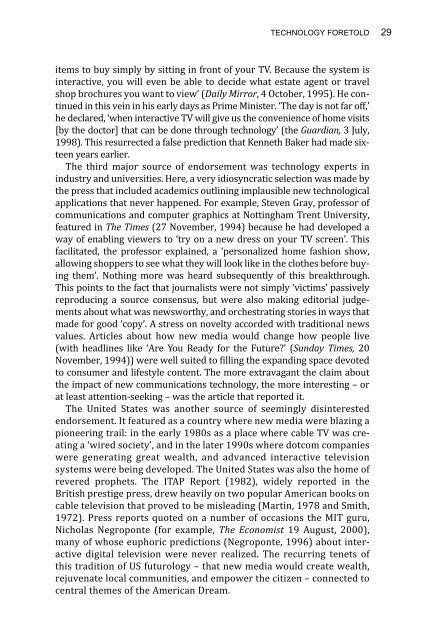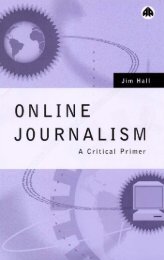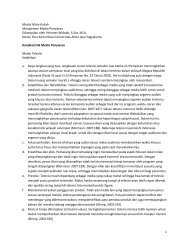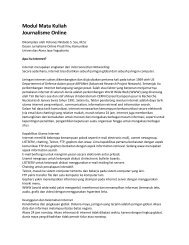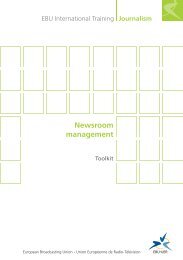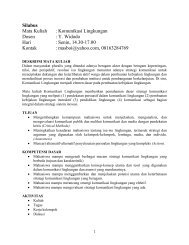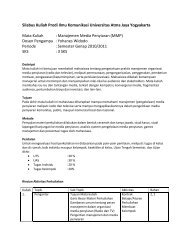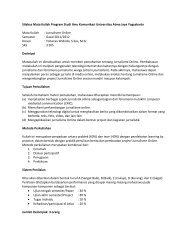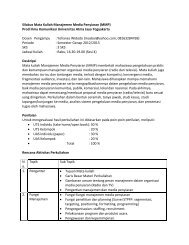Download - More from yimg.com...
Download - More from yimg.com...
Download - More from yimg.com...
Create successful ePaper yourself
Turn your PDF publications into a flip-book with our unique Google optimized e-Paper software.
TECHNOLOGY FORETOLD<br />
items to buy simply by sitting in front of your TV. Because the system is<br />
interactive, you will even be able to decide what estate agent or travel<br />
shop brochures you want to view’ (Daily Mirror, 4 October, 1995). He continued<br />
in this vein in his early days as Prime Minister. ‘The day is not far off,’<br />
he declared, ‘when interactive TV will give us the convenience of home visits<br />
[by the doctor] that can be done through technology’ (the Guardian, 3 July,<br />
1998). This resurrected a false prediction that Kenneth Baker had made sixteen<br />
years earlier.<br />
The third major source of endorsement was technology experts in<br />
industry and universities. Here, a very idiosyncratic selection was made by<br />
the press that included academics outlining implausible new technological<br />
applications that never happened. For example, Steven Gray, professor of<br />
<strong>com</strong>munications and <strong>com</strong>puter graphics at Nottingham Trent University,<br />
featured in The Times (27 November, 1994) because he had developed a<br />
way of enabling viewers to ‘try on a new dress on your TV screen’. This<br />
facilitated, the professor explained, a ‘personalized home fashion show,<br />
allowing shoppers to see what they will look like in the clothes before buying<br />
them’. Nothing more was heard subsequently of this breakthrough.<br />
This points to the fact that journalists were not simply ‘victims’ passively<br />
reproducing a source consensus, but were also making editorial judgements<br />
about what was newsworthy, and orchestrating stories in ways that<br />
made for good ‘copy’. A stress on novelty accorded with traditional news<br />
values. Articles about how new media would change how people live<br />
(with headlines like ‘Are You Ready for the Future?’ (Sunday Times, 20<br />
November, 1994)) were well suited to filling the expanding space devoted<br />
to consumer and lifestyle content. The more extravagant the claim about<br />
the impact of new <strong>com</strong>munications technology, the more interesting – or<br />
at least attention-seeking – was the article that reported it.<br />
The United States was another source of seemingly disinterested<br />
endorsement. It featured as a country where new media were blazing a<br />
pioneering trail: in the early 1980s as a place where cable TV was creating<br />
a ‘wired society’, and in the later 1990s where dot<strong>com</strong> <strong>com</strong>panies<br />
were generating great wealth, and advanced interactive television<br />
systems were being developed. The United States was also the home of<br />
revered prophets. The ITAP Report (1982), widely reported in the<br />
British prestige press, drew heavily on two popular American books on<br />
cable television that proved to be misleading (Martin, 1978 and Smith,<br />
1972). Press reports quoted on a number of occasions the MIT guru,<br />
Nicholas Negroponte (for example, The Economist 19 August, 2000),<br />
many of whose euphoric predictions (Negroponte, 1996) about interactive<br />
digital television were never realized. The recurring tenets of<br />
this tradition of US futurology – that new media would create wealth,<br />
rejuvenate local <strong>com</strong>munities, and empower the citizen – connected to<br />
central themes of the American Dream.<br />
29


